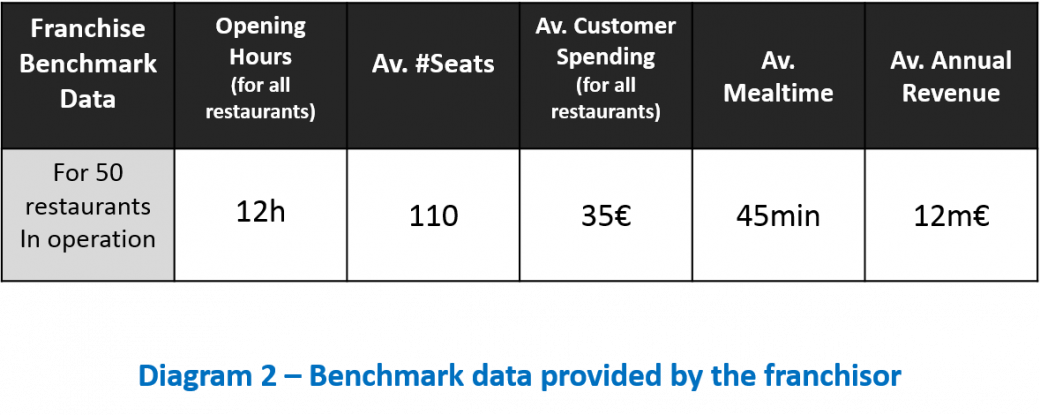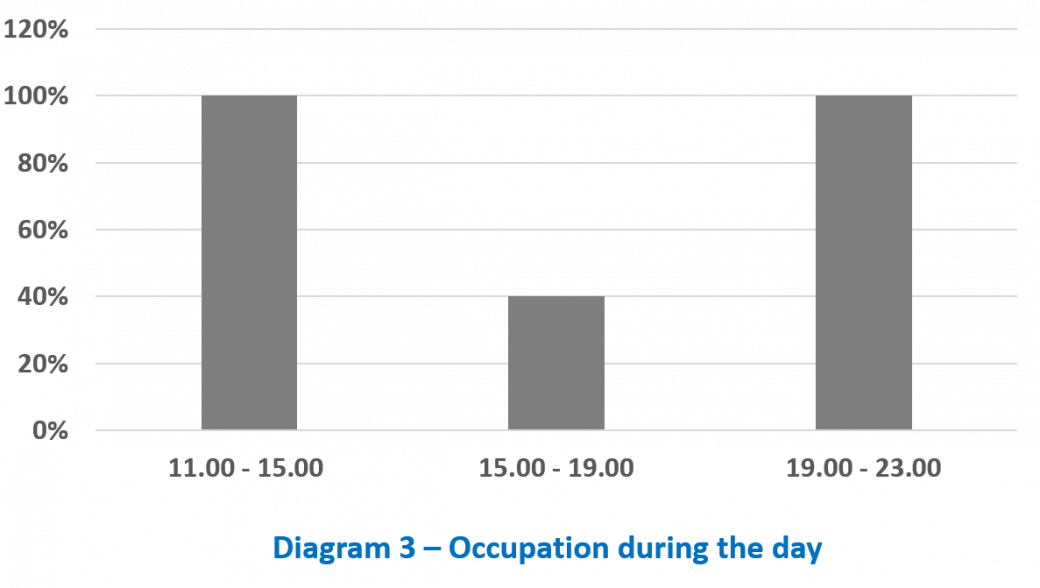Make Steakhouse Great Again!
7.8k
Times solved
Advanced
Difficulty
Your client is a Franchisee of a popular Steakhouse-chain in Germany. The Franchisee currently owns 2 Steakhouse-restaurants and wants you to investigate how well these perform and if there is any way for improvement?
Case Comments
II. Revenue Analysis
III. Improvement Option Analysis: Improving the Revenue of Dus
III. Improvement Option Analysis: Improving the revenue of Ham
IV. Solution / Conclusion
VI. Next steps
Further Questions
- Think about the inflow of customers to a restaurant and how that is influenced by the length of a queue given a fixed outflow. What will it look like as a function of time? The inflow rate will oscillate sinusoidally. So will the queue length. The inflow rate will oscillate about the fixed outflow rate while the queue length will oscillate about the average queue length. (Bonus question for the maths-savvy: will the queue length oscillation be in phase or out of phase with the inflow rate oscillations?) Try answering all these questions without using calculus but only using logic and common-sense assumptions.
- If you have skipped the calculation of why the mealtime for Ham needs to be reduced by 1/6 try to do it now to practice approximating tough problems with simple solutions.
7.8k
Times solved
Advanced
Difficulty
Do you have questions on this case? Ask our community!



